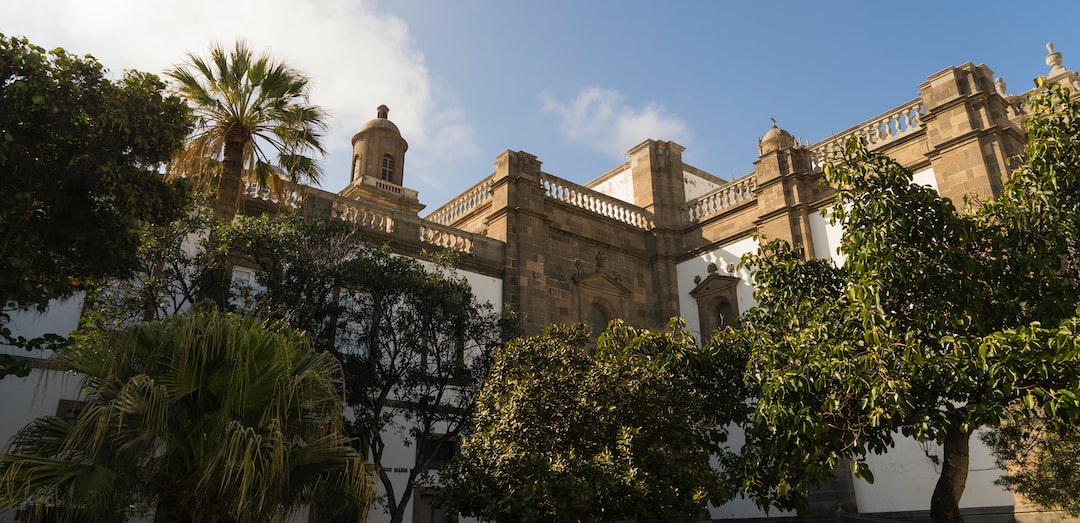Table of Contents
Exploring the Rich History of the East Coast
The East Coast of the United States has a rich and complex history. It was the site of the earliest European settlements in the New World, and has been the scene of significant events from the Revolutionary War to the Civil War. The region is rich in culture, with a vibrant mix of Native American, African-American, and European influences. From colonial cities to Civil War battlefields, the East Coast is full of historical sites and stories that are worth exploring.
Pre-Colonial History
The East Coast has a long and complex pre-colonial history. For thousands of years, it was home to various Native American tribes, including the Powhatan, Lenape, and Susquehannock. These tribes had a complex social and political structure and developed their own systems of agriculture and trade. Europeans began to explore the region in the 15th century and eventually began to settle in the area, leading to the establishment of the Thirteen Colonies.
Colonial Era
The colonial era of the East Coast began in the early 17th century, when the first European settlers arrived in the area. They established the Thirteen Colonies, which would eventually become the United States. These colonies had their own governments and laws, and the region quickly developed into a thriving center of commerce and industry. This period also saw the growth of slavery in the region, and the establishment of religious institutions such as churches and seminaries.
The Revolutionary War
The East Coast was at the center of the Revolutionary War, which was fought between the British and American forces from 1775 to 1783. The war began in Massachusetts and spread across the East Coast, with battles taking place in New York, Pennsylvania, Maryland, and other states. The war eventually resulted in the American victory and the establishment of the United States of America.
The War of 1812
The War of 1812 was fought between the United States and Britain from 1812 to 1815. It was a conflict over trade and maritime rights, and the East Coast was again a major theater of the war. The war saw naval battles off the coast of the East Coast, and the British even raided and burned the city of Washington, DC in 1814. The war ended with an American victory and the signing of the Treaty of Ghent.
The Civil War
The Civil War was fought between the Union and Confederate forces from 1861 to 1865. The East Coast was the site of several major battles, including the Battle of Gettysburg in Pennsylvania and the Battle of Antietam in Maryland. The war resulted in the Union victory and the abolition of slavery in the United States.
Industrialization
The 19th century saw the rise of industrialization in the East Coast. The region was a major center of manufacturing, with cities such as Baltimore and Philadelphia becoming centers of industry. The development of railroads and canals also helped to increase the region’s economic activity. This period also saw the growth of cities such as New York City and Boston.
Immigration
The East Coast has long been a destination for immigrants from all over the world. From the 19th century onward, immigrants from Europe, Asia, and Latin America have come to the region in search of a better life. This period saw the growth of large urban areas such as New York City and Boston, which were home to large and diverse immigrant populations.
The Great Depression
The Great Depression of the 1930s had a major impact on the East Coast. The region was particularly hard hit by the economic downturn, with unemployment reaching as high as 25%. This period saw the growth of poverty and homelessness, as well as the establishment of government programs such as the New Deal.
World War II
World War II had a major impact on the East Coast. The region was a major center of military activity, with the US Navy operating out of Norfolk, Virginia, and the US Army operating out of Fort Bragg, North Carolina. The war also saw the rise of industry in the region, as factories began producing military equipment for the war effort.
The Civil Rights Movement
The East Coast was an important center of the Civil Rights Movement. The movement began in the 1950s and 60s, with protests and demonstrations in cities such as Birmingham, Selma, and Washington, DC. The movement saw the implementation of major civil rights legislation, such as the 1964 Civil Rights Act and the 1965 Voting Rights Act.
Modern History
The modern history of the East Coast has been marked by rapid growth and change. The region has become a major center of technology and finance, and is home to some of the most vibrant cities in the United States. The region has also become a major destination for immigrants, with large and diverse populations in cities such as New York City and Boston.
Conclusion
The East Coast has a rich and complex history that spans centuries. From pre-colonial Native American tribes to the growth of industry and the Civil Rights Movement, the region has seen significant events and changes over time. The region is home to a vibrant mix of cultures, and is filled with historical sites and stories that are worth exploring.












